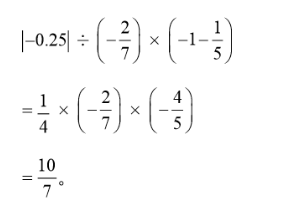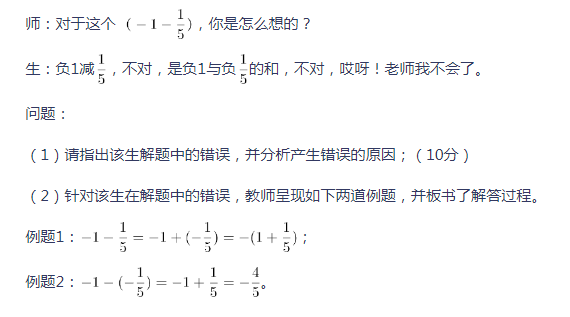当前位置:首页 → 职业资格 → 教师资格 → 中学英语学科知识与教学能力->请阅读Passage1。完成小题。Passage1Themy
请阅读Passage 1。完成小题。
Passage 1
The mythology of a culture can provide some vital insights into the beliefs and values of that?culture.By using fantastic and sometimes incredible stories to create an oral tradition by which to?explain the wonders of the natural world and teach lessons to younger generations,a society exposes?those ideas and concepts held most important.Just as important as the final lesson to be gathered?from the stories,however,are the characters and the roles they play in conveying that message.
Perhaps the epitome of mythology and its use as a tool to pass on cultural values can be found?in Aesop′s Fables,told and retold during the era of the Greek Empire.Aesop,a slave who won the?favor of the court through his imaginative and descriptive tales,almost exclusively used animals to?fill the roles in his short stories.Humans,when at all present,almost always played the part of?bumbling fools struggling to learn the lesson being presented.This choice of characterization allows?us to see that the Greeks placed wisdom on a level slightly beyond humans,implying that deep?wisdom and understanding is a universal quality sought by,rather than stealing from,human beings.
Aesop′s fables illustrated the central themes of humility and self-reliance,reflecting the?importance of those traits in early Greek society.The folly of humans was used to contrast against?the ultimate goal of attaining a higher level of understanding and awareness of truths about nature?and humanity.For example,one notable fable features a fox repeatedly trying to reach a bunch of?grapes on a very high vine.After failing at several attempts,the fox gives up,making up its mind?that the grapes were probably sour anyway.The fable′s lesson,that we often play down that which?we can′t achieve so as to make ourselves feel better,teaches the reader or listener in an entertaining?way about one of the weaknesses of the human psyche.
The mythology of other cultures and s
推断题。根据最后一段中的“Themythology ofother cultures and societies revealthe?underlying traits oftheir respective cultures just asAesop’s fables did…”可知,提到其他地区的文化的目的是指出其他文化或社会中的神话也和伊索寓言一样能展现出这些文化各自的内在特征,所以C项最符合文意。A项中的primary method没有根据;B项和D项都是对原文的错误理解。
《义务教育数学课程标准(2011年版)》强调,课程内容要反映社会的需要、数学的特点,要符合学生的认知规律。课程内容的组织要重视过程,处理好()的关系。
设α是某一方程组的解向量,k为某一常数,则kα也为该方程组的解向量。( )

案例:
在有理数运算的课堂教学片段中,某学生的板演如下:

针对该学生的解答,教师进行了如下教学:
师:请仔细检查你的演算过程,看是否正确无误?
生:好像正确吧。

请分析例题1、例题2中每一步运算的依据。(10分)
初中数学课程是一门国家课程,其主要内容包括课程目标、教学内容、教学过程和( )等

教师职业道德区别于其他职业道德的显著标志就是( )。

对高中数学的评价,下列说法错误的是( )。
